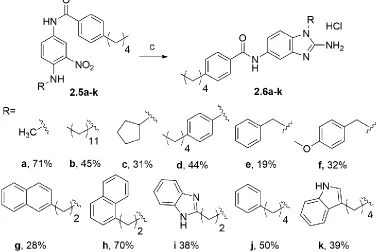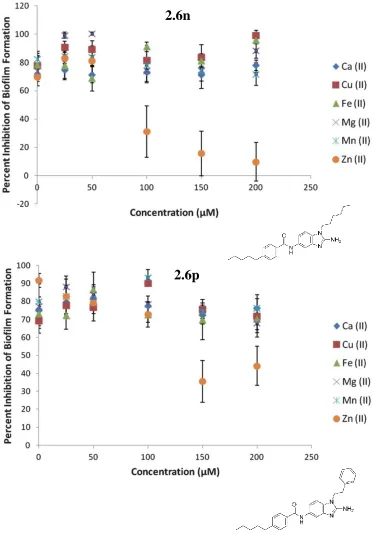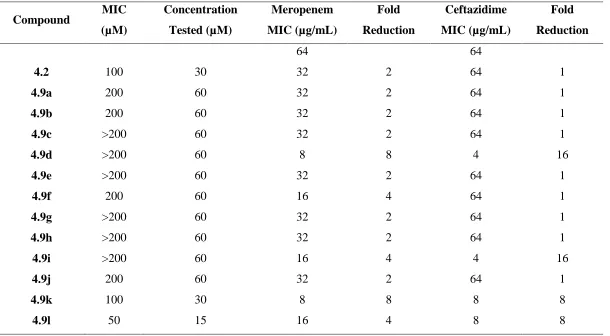Using Small Molecules to Disarm Bacterial Defense Mechanisms.
Full text
Figure




Related documents
We have implemented a framework for detecting malicious android applications using permission and intent- based analysis. After extracting several permissions and intents
The Salman Court noted, however, that personal benefit may be inferred from factual context, including through “an intention to benefit the particular
While those, who consider friends to be their number one factor (7%), have their LifeSat almost .3 of a point lower, students cherishing good relationship with parents
The objective of this study was to assess the impact of implemented periodic safety update report (PSUR) system in our hospital via PSUR function assessment questionnaire (PFAQ)
Shallot farming in Indonesia has been the predominant life support for farmers in the country side. However, when it is compared to that in other countries such
Here, we show that direct injection of Sema4A into the corpus callosum of adult mice can lead to loss of white matter, as well as to oligodendrocyte cell death in the brain..
The purpose of this study is to propose modeling of flexible manipulator by using input and output data in the system identification approaches for modeling part
Results of simulation suggest that sequence alignment method can be used to identify key points to inset, delete and replace data in time series, to find lead-lag relationship





